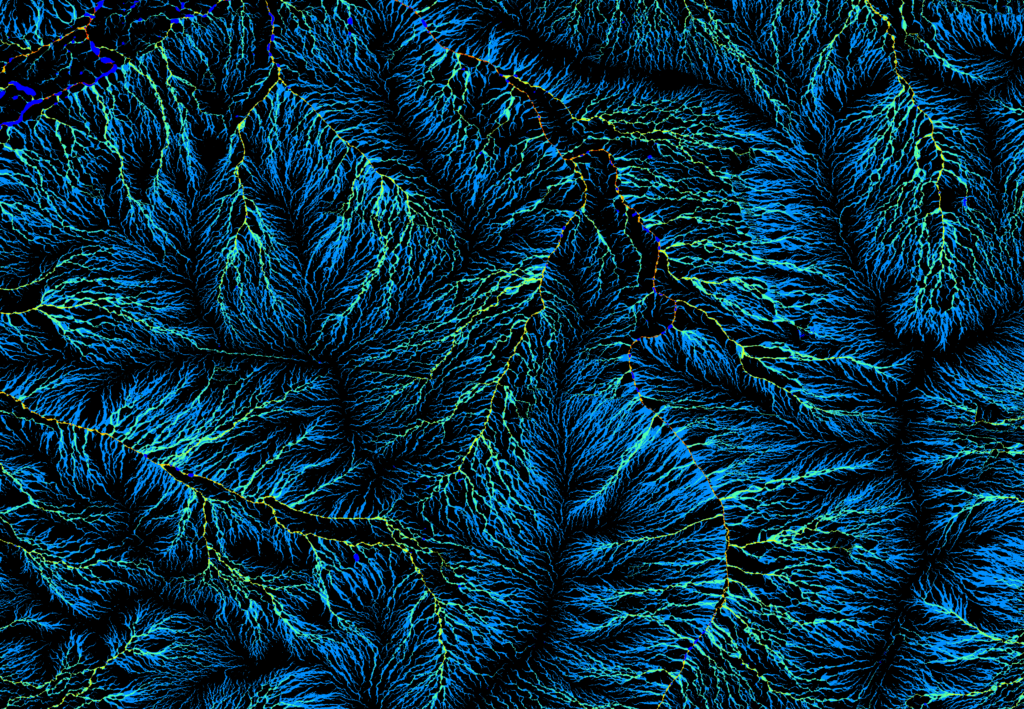
From autonomous machinery to wireless tech that constantly monitors soil moisture, plant growth and animal health, it’s hard to foresee what the future holds for farming. Especially when you consider it has only been 100 years since we started using tractors in place of animal power in Australia!
Some of the top tech and innovations in agriculture, food and fibre from us and our partners that are sure to shape agribusiness and the food industry for the next five to ten years is on show at Ag Catalyst 2018, which wraps up today.
Here’s just a taste.
Helping farmers reduce food waste

With funding from vegetable growers through Hort Innovation, we’ve developed a broccoli powder that could help pack extra veggies into your diet.
Have you heard about our broccoli lattes? They’re just one of the possible foods that you could find our vegetable powder in one day. With our partner, Hort Innovation, we’ve developed a process to make vegetable powders that can help produce growers diversify their businesses, reduce vegetable surplus and at the same time help consumers increase their vegetable consumption.
We’re working with the food industry to incorporate the nutrient-dense powders into a range of food products such as soups, snacks, baked goods, and more.
Helping farmers save the Great Barrier Reef

See what the LiDAR sees: sugarcane fields surround a group of farmers in Tully, Qld.
Nitrogen fertiliser lost from sugarcane farming is one of the main pollutants threatening the health of the Great Barrier Reef. We’re helping sugarcane growers protect the Reef by enabling better nitrogen fertiliser decisions.
Some of our research so far shows that sugarcane farmers can cut their fertiliser use without losing profit. Our drone-based system with LiDAR sensing can provide a guided fertilisation plan as it tracks the performance of a crop from establishment to harvest.
We’re also building an app that gives farmers access to real-time information on the water quality leaving farms, growth of their crops, local rainfall and seasonal climate forecasts in one platform.
Digital dioramas

Making the invisible visible: our high resolution models helps land managers manage every drop of water on their land
Making the invisible visible: our high resolution models helps land managers manage every drop of water on their land.
From droughts to flooding rains, our wide brown land regularly experiences extremes in rainfall.
Land managers go to lots of trouble to capture surface water or to limit the erosion it causes. But it can be hard to visualise where water flows, and easy to build infrastructure in the wrong place.
We’ve developed high resolution 3D models of agricultural regions that highlight processes not detectable by the human eye, at a fraction of the cost. By providing information about both on and off-property flows of water at fine scale, our model helps land managers manage every drop on their land.
Radio tracking free-range hens
Recent law dictates that free-range hens in Australia must have ‘meaningful and regular access’ to the outdoors. Free-range systems provide hens with an indoor/outdoor choice although it can often look like only small numbers of hens range outside at any one time. In conjunction with the University of New England, we’re using radio-frequency identification technology to track individual microchip-banded free-range hens. We’ve found that once you track them individually, the ranging is a lot higher than the visual estimates suggest. This tracking gives us precise data on bird ranging and means we can further assess why birds differ in range use and what the health impacts of these differences may be.
AgTech Cluster for autonomous and intelligent technologies
We develop autonomous and intelligent technologies for a broad range of agricultural applications such as 3D real-time canopy condition monitoring, early plant disease detection, selective aerial spraying, driverless orchard vehicles and animal tracking.
Our agriculture and food team is working from the gene to the plate to bring the latest innovations to reality to improve productivity, profitability and sustainability to these sectors.


Transforming agriculture for the future